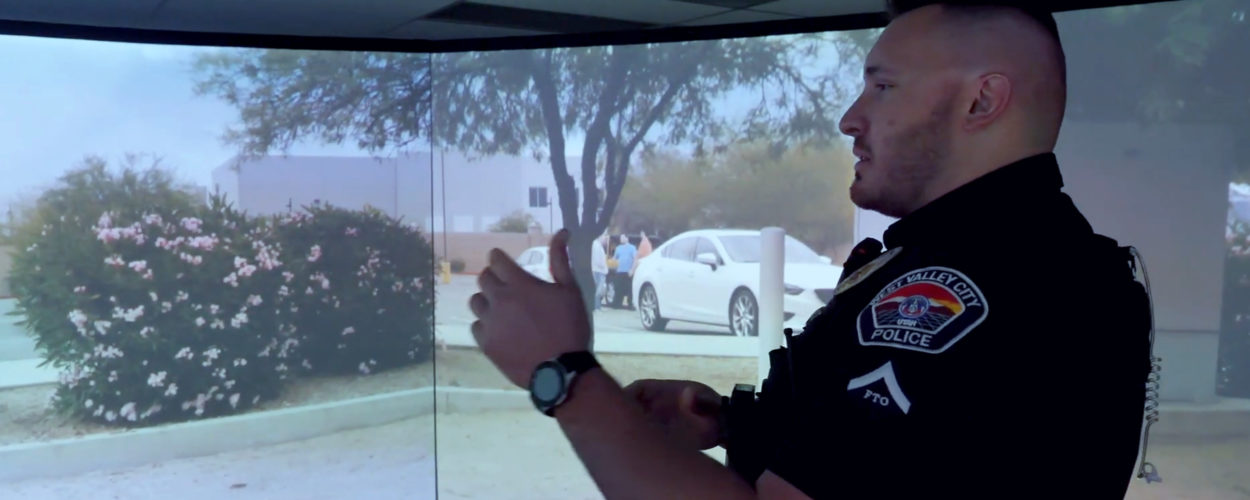
We talk A LOT about training in law enforcement. Academy training, the field training program for new officers, annual training, specialized training…heck, even this training article you’re reading right now! But here is the brutal truth: we don’t train enough. Not even close to what we should be doing.
Want a recent example? In 2022 there was an active shooter incident in Uvalde, Texas. After the incident, there was a lot of talk about how officers responded at the scene. An investigation into the responding officers training found that half of them have never been through active shooter training.
If we all agree that training is so important, then why don’t we do more? Why do officers in the United States fall so far behind their counterparts around the world when it comes to training hours? Money.
A recent study found that 97% of police agencies budgets went toward salary and benefits, leaving 3% for all other expenditures, including training. (Urban Institute, n.d.) In recent years there has been a call for agencies to spend more money on training their officers, but we are still not where we should be.
Now, let’s look at how much time a recruit may spend in an academy for their training. In the U.S., the average length of basic police training is around 800 hours, or 20-22 weeks. (Emily D. Buehler, 2021) I wanted to know how this compared to other jobs that had required training, so I looked a few of them up. To get your barber license: 1500 hours. To be a licensed plumber: 4 years of experience.
Ok, ok, so maybe a barber needs more hours than an officer. Surely, we’re in line with the rest of the world when it comes to officer training. Right? Not. Even. Close.
Canada requires around 1,000 hours. England is between 2,000 and 2,500 hours. 3,500 hours in Australia. And in India, Finland, and Dubai, you’re looking at around 5,000 hours of training to become an officer.
Something doesn’t seem to add up. Why would we want police officers out there without a significant amount of training? Ok, yes, officers need 2 years of secondary schooling as well, but think about how much of those two years really falls into “training” and is useful on the job.
As trainers, we need to speak up and demand that more time and resources are available to properly train officers. Multiple studies show that more training makes it safer for officers and the people they interact with. It also reduces liability on the city, county, or state that the officers work for, since well-trained officers are less likely to be sued.
If you can’t get more money, you can still get more training in. Roll-call training, mid-shift training, and online classes all can be done for little to no cost. Training doesn’t have to come in 4-hour blocks. 15 minutes here and there can really add up. If you want to send officers to training that may have a financial impact, check with your neighboring departments to see if there may be a discount for larger groups.
If you’re interested in simulation training, which can be very cost effective, look for grants that can help fund the purchase of a VirTra simulator. With the IADLEST certified V-VICTA® training curriculum included, your officers can spend less time planning and preparing for classes, and more time doing the training.
Stay safe. Stay dedicated.
References
Emily D. Buehler, P. D. (2021). State and Local Law Enforcement Training Academies, 2018. U.S. Department of Justice.
Urban Institute. (n.d.). Criminal Justice Expenditures: Police, Corrections, and Courts. Retrieved from Urban.org: https://www.urban.org/policy-centers/cross-center-initiatives/state-and-local- finance-initiative/state-and-local-backgrounders/criminal-justice-police-corrections-courts- expenditures
Recently Published
Join Our Newsletter







